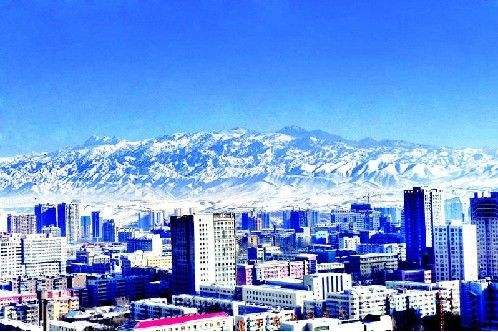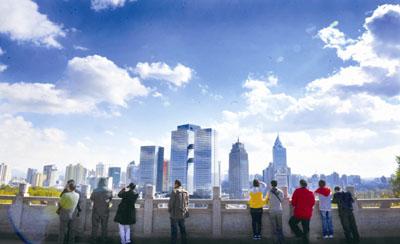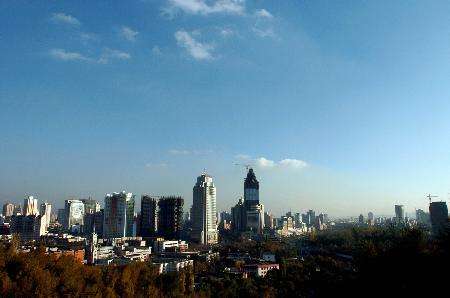Urumqi’s”Blue Sky Project”
3 min readXinjiang’s capital Urumqi is located in a frigid area, and the heating period is as long as 181 days. In the winter of 2010, the actual amount of coal burned for heating of buildings in Urumqi City reached 3.49 million tons, and 60,000 tons of sulfur dioxide,87,0 00 tons of dust and 6.63 million tons of carbon dioxide from coal for heating were emitted into the air, while Urumqi City’s environmental capacities for sulfur dioxide and dust were 67,000 tons and 40,000 tons respectively. The discharge of dust caused by heating was much higher than the environmental capacity. Between 2010 and 2011, Urumqi’s air quality did not meet the requirements of the National Air Quality Level II Standard in about 30% of the days, inparticular, the standard was met in less than 50% of the days in the winter heating period, the air quality reached the Serious Pollution Level V in about 15 days, and the atmospheric environment showed the typical characteristics of soot pollutions in winter.

To accelerate air pollution control work, Urumqi launched the “blue sky project”, formulated Plan of Urumqi City on Air Pollution Prevention and Control Projects, and planned to fully implement combined heat and power projects as well as heat source control projects, energy structure improvement and comprehensive control projects, pollution source control projects and environmental management capability building projects and invest a total of 30.142 billion yuan.

In April 2011, the autonomous region promulgated Plan of the Autonomous Region on Implementing the Work of Joint Prevention and Control of Air Pollution in Key Areas, closed down soot-emitting enterprises in Urumqi City, Changji City, Fukang City and Wujiaqu City, relocated heavily polluting enterprises, and strengthened supervision overkey pollution sources. In June 2011, at the national conference on supporting Xinjiang’s environmental protection in Xin jiang, the Ministry of Environmental Protection included the Urumqi air pollution control project into the national plan on environmental protection in the Twelfth Five-Year Plan period and granted policy and financial support. In 2012, the city spent 7.1 billion yuan on the project of using natural gas instead of coal as an important part of the “blue sky project”, transformed the boilers of central heating enterprises and social organizations in the city and some small boilers in urban villages into boilers using clean energy, changed the past coal-fired heating into natural gas-fired heating, and made the greatest efforts since the commencement of the “blue sky project”.

After the winter of 2012 came, various heating enterprises and entities began to fully adopt natural gas-fired heating. According to the statistics of the municipal environmental monitoring center, in the heating period, the city’s air quality remained good, never reached the Pollution Level III or above, and was much better than previous years. Meanwhile, the density of main pollutants in the air was also lower than the same period of the previous year. The sulfur dioxide density decreased by 33.3%, reaching the relevant national standards; the ozone level also reached the national standards; the density of inhalable particles decreased by 16.8%; the nitrogen dioxide density decreased by 3.3%. It snowed many times in Urumqi this winter, but no past trace of “black pepper powder”was visible.








